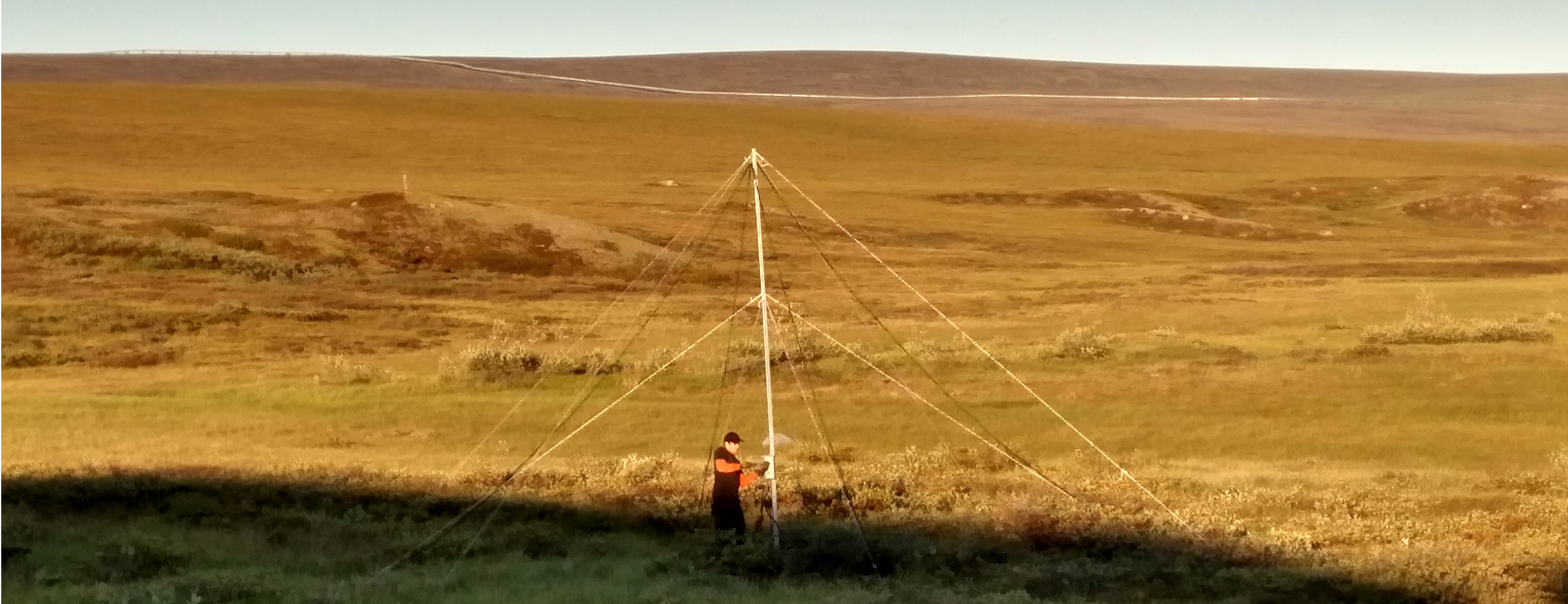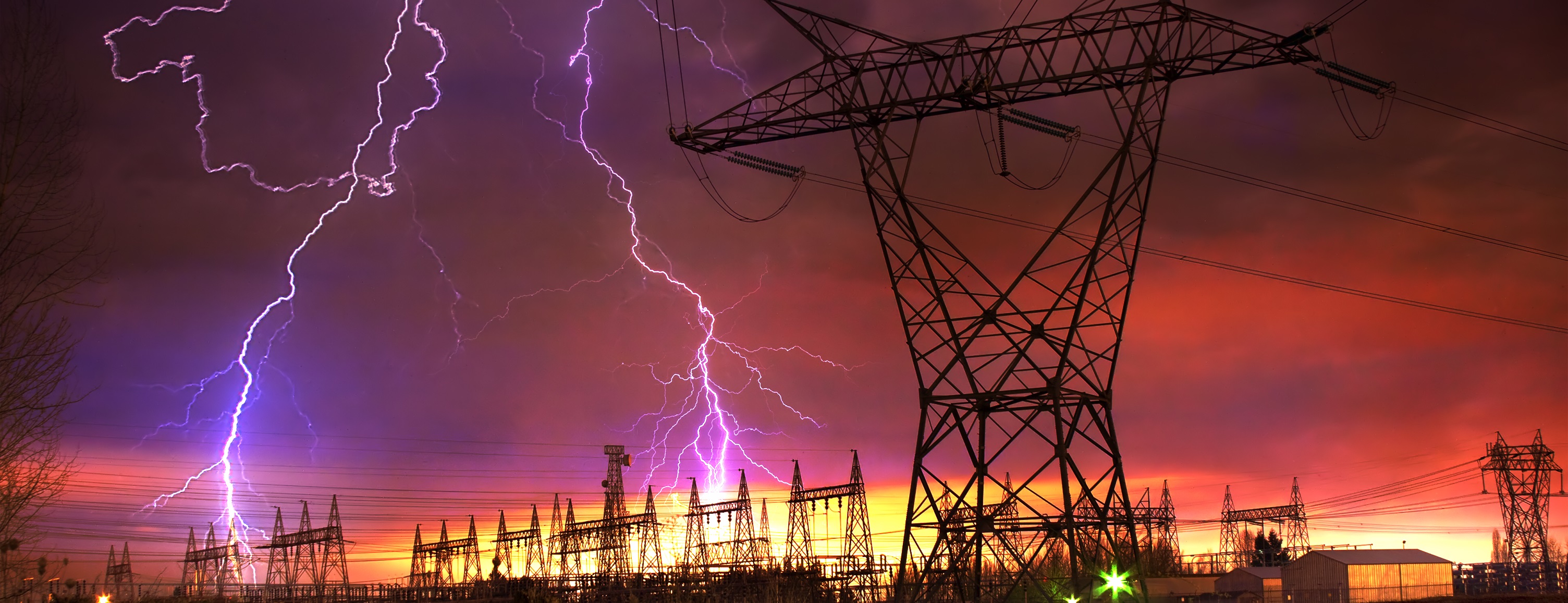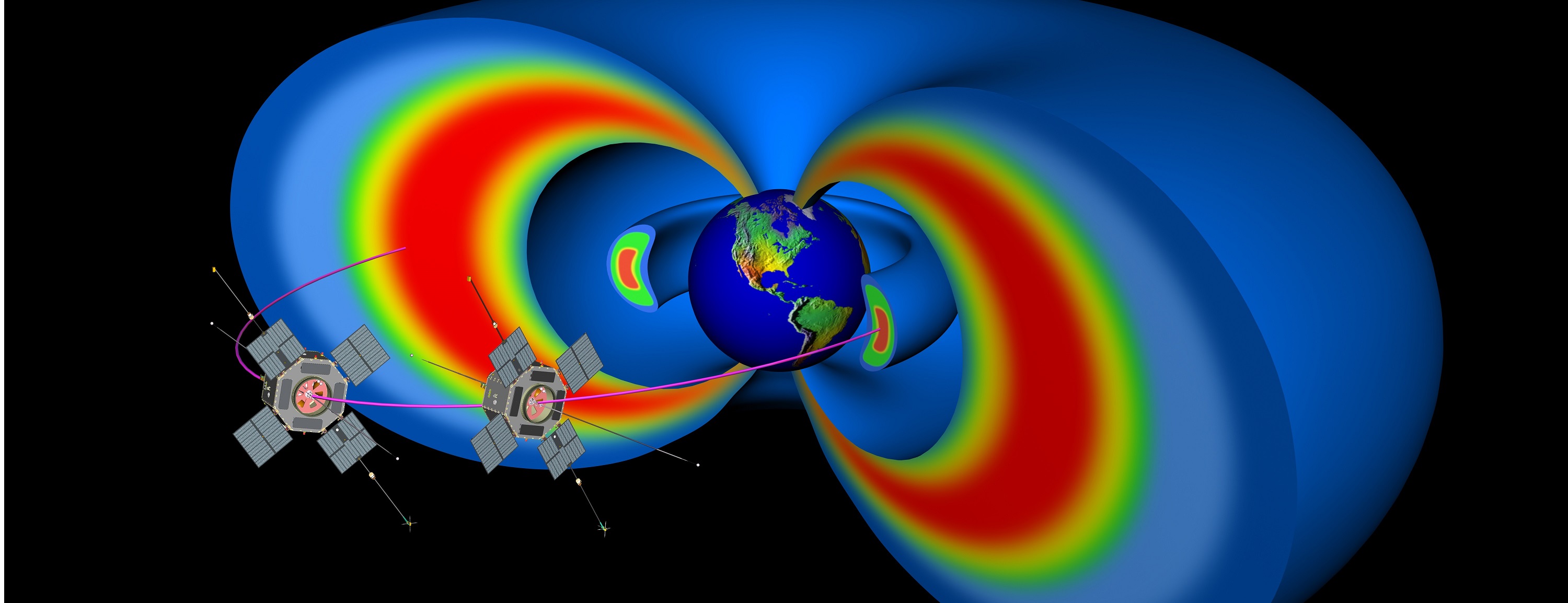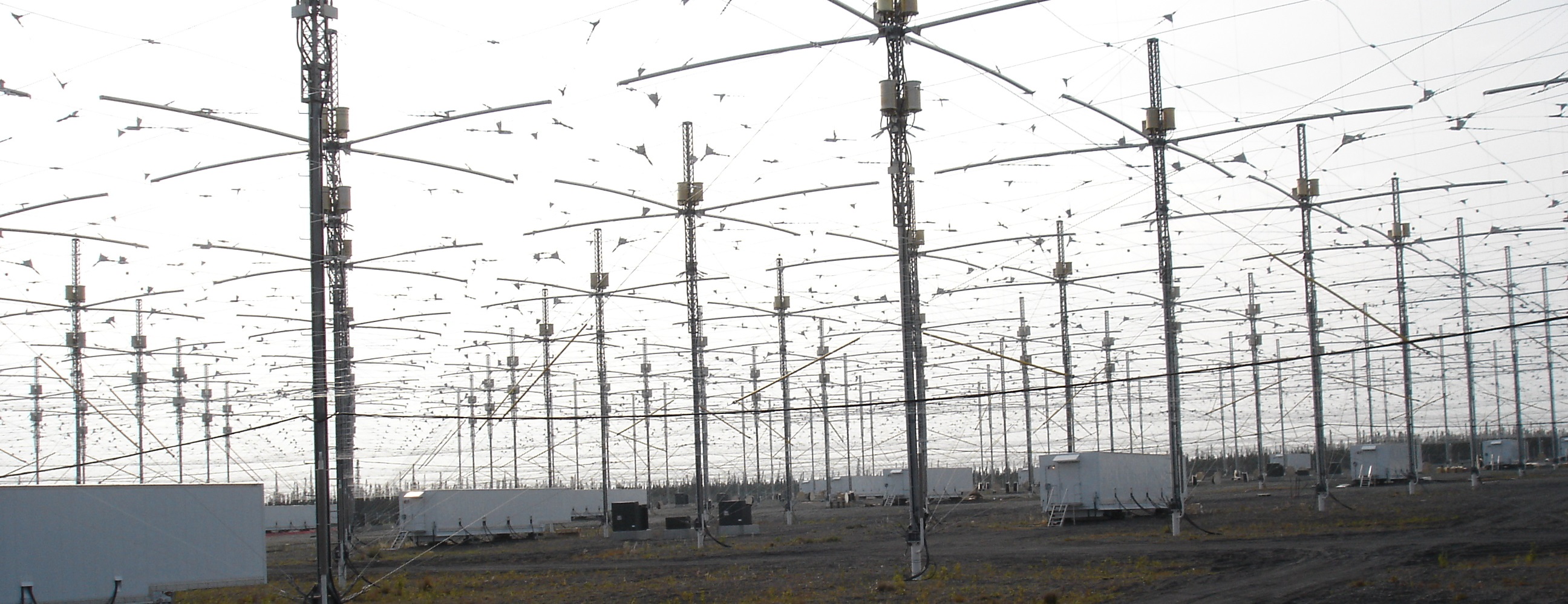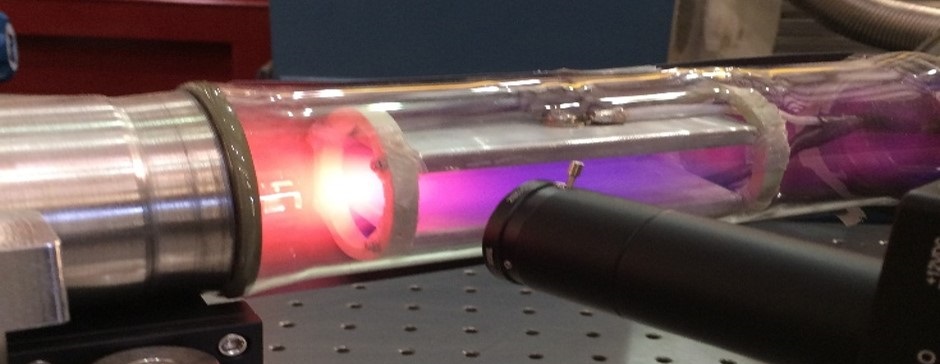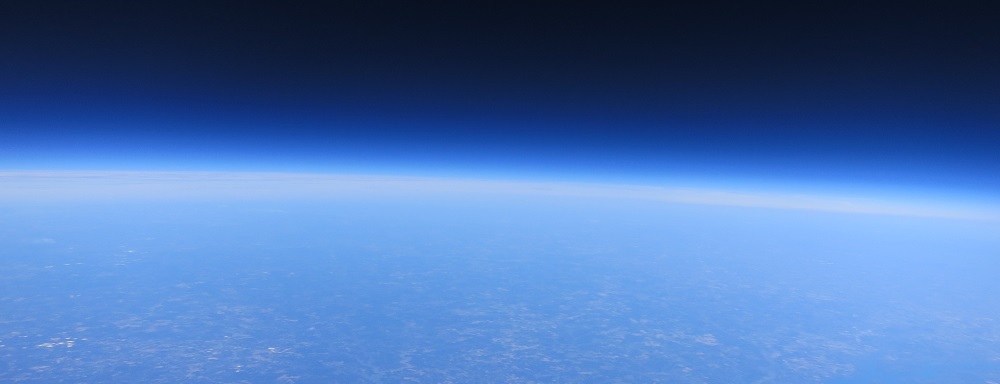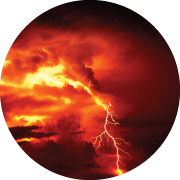
Lightning Radio Emissions
Listen to an audio demo
Did you know that here in Atlanta we can easily observe lightning from almost anywhere on the planet? This is because lightning releases intense low frequency radio waves that propagate globally, reflecting from an upper atmospheric electrically charged layer known as the ionosphere.
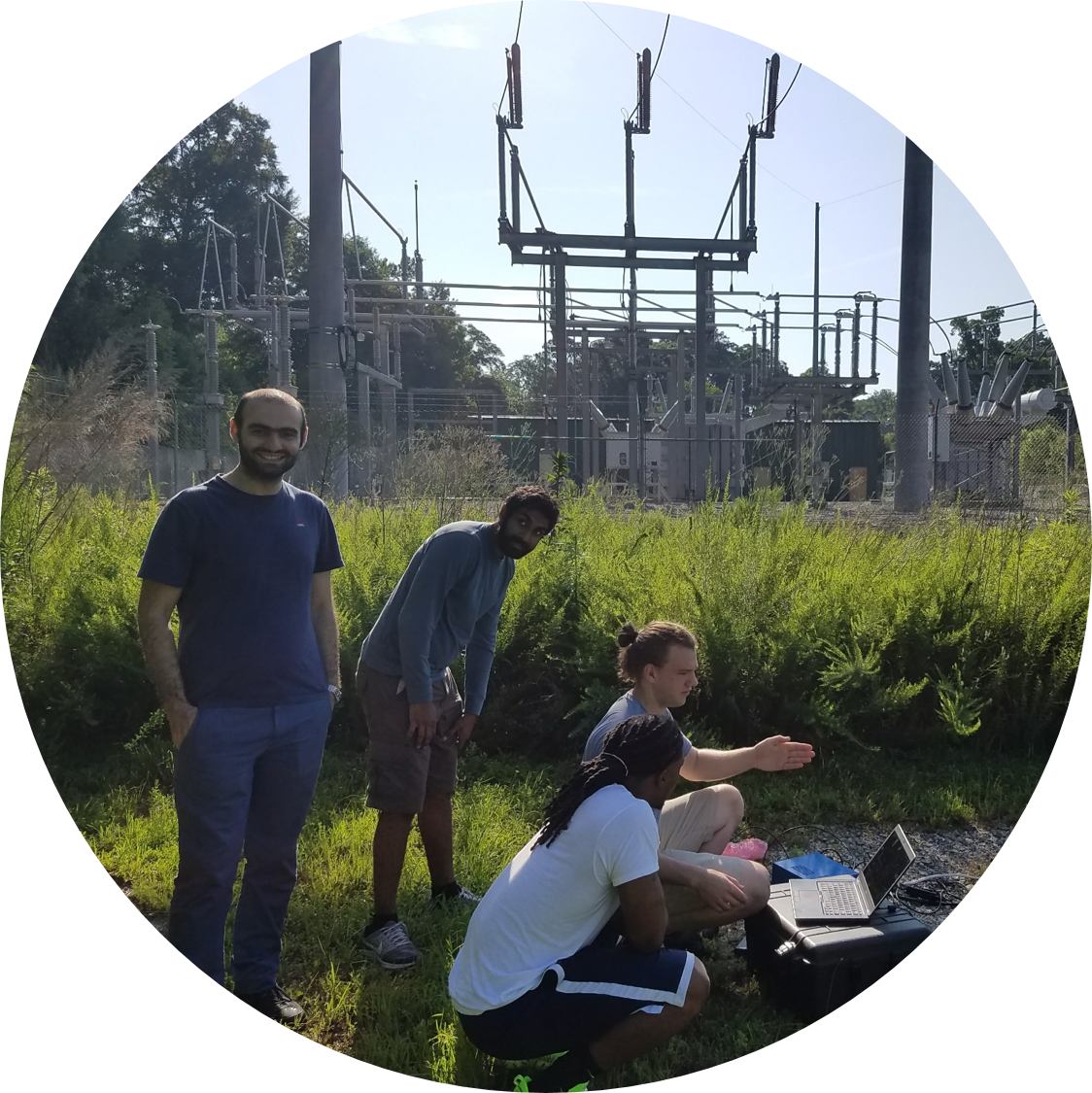
Power Grid Cybersecurity
Lightning for cybersecurity
What else emits energy at low frequency? The power grid! We can detect and diagnose the power grid using its emitted LF energy. And who would have thought that lightning occurring around the world may be the key to securing the power grid against cyberattack?
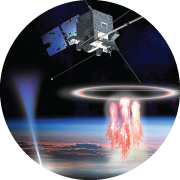
Machine Learning for Space
Video about Space Weather
There are bands of intense radiation (originally from the sun) that surround the Earth, which bombard and destroy satellite electronics, trigger power outages and knock out GPS coverages. LF waves play a role in a large system, and we are building a massive forecasting algorithm to better predict space weather, using machine learning tools.
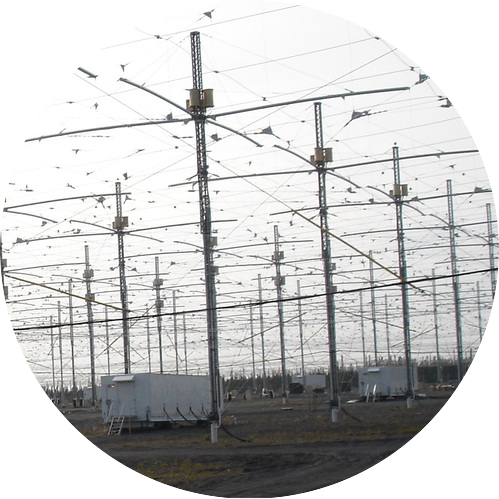
Next-Gen Antennas
Major US Navy award
Generating low frequency waves for global communications and navigation ordinarily requires enormous antennas covering thousands of acres. We are rethinking and redefining the antenna with novel approaches, with potential implications to radars and other electromagnetic applications.
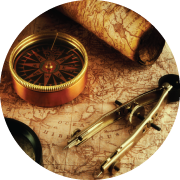
Navigation and Comms
Learn about the ionosphere
Because low frequency waves travel globally, they have practical uses. Long before GPS existed, engineers used low frequency waves broadcast from radio stations to determine location anywhere on the planet. And various navies have been using low frequency waves to communicate with submarines across an entire ocean.
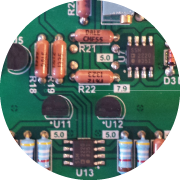
Radio Receiver Design
Live low frequency data
We build hardware, too! We design our own radio receiver, the most sensitive radio receivers you can find in this band, capable of detecting even weak lightning activity from thousands of miles away. Hands-on work is shared as a team effort by the whole group.
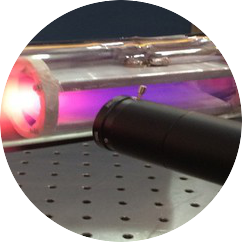
Plasma Physics
Plasma in your everyday life
Maybe you think of TV screens, but most of the universe, including the Earth's surrounding space environment, is comprised of plasma. And when radio waves, particularly at low frequencies, propagate through plasmas, really interesting things happen. We merge observations with theoretical models.
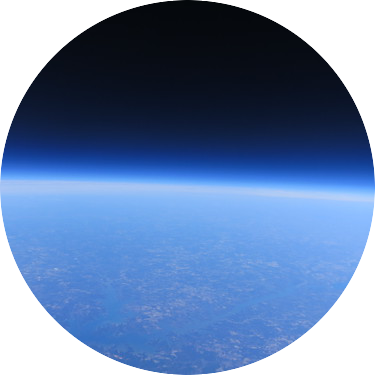
High Altitude Ballooning
See a solar eclipse from above
Why confine ourselves to the ground? We lead an undergraduate team of researchers building high-altitude (100,000 ft) balloons equipped with sensors (cameras, x-ray, electromagnetic), to study lightning, solar eclipse, and other upper atmospheric phenomena from above. Students earn credit and can stay on the team for years.
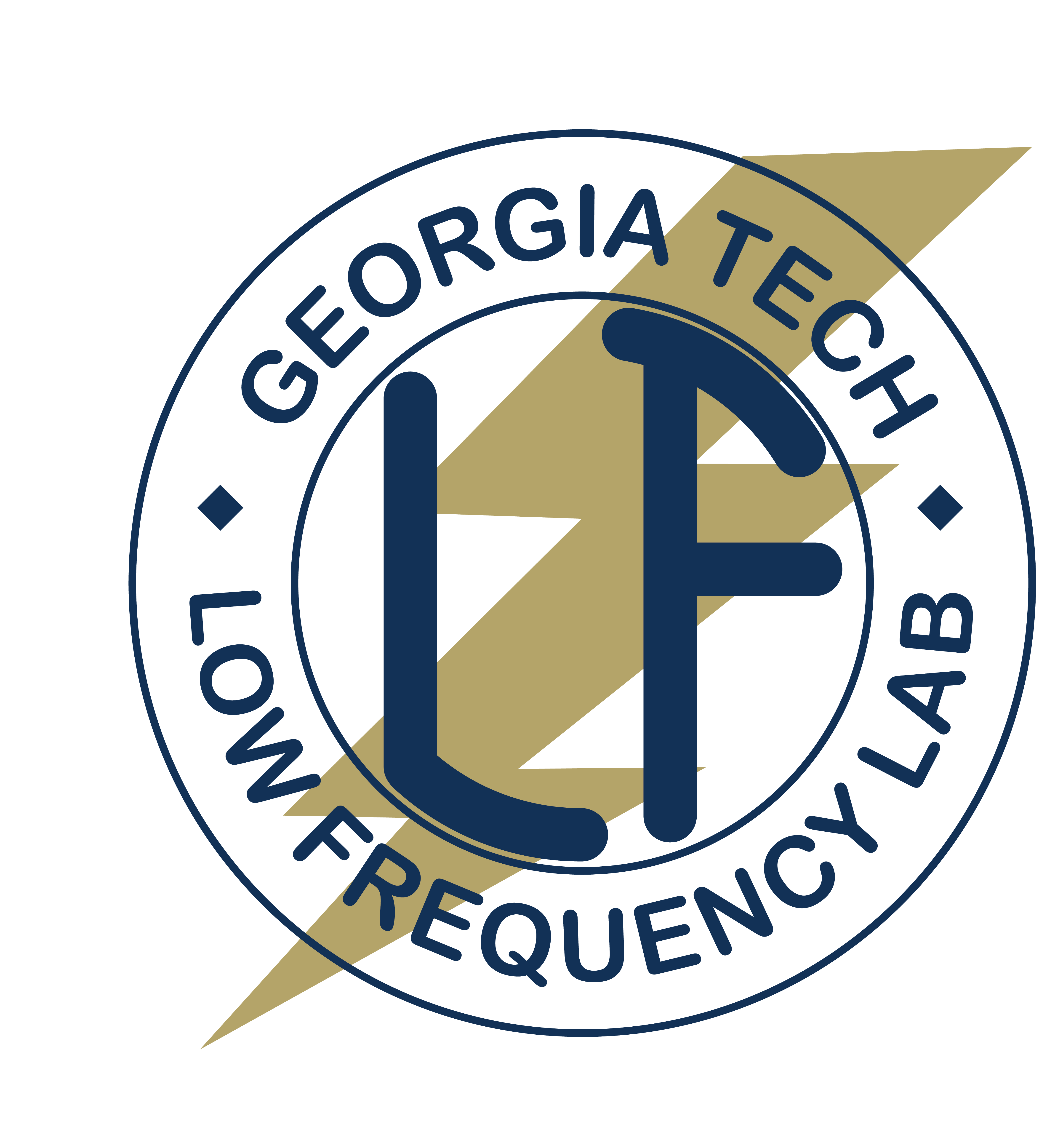
Versatility, insight, and teamwork
We build our own toys, collect our own data, and write our own theories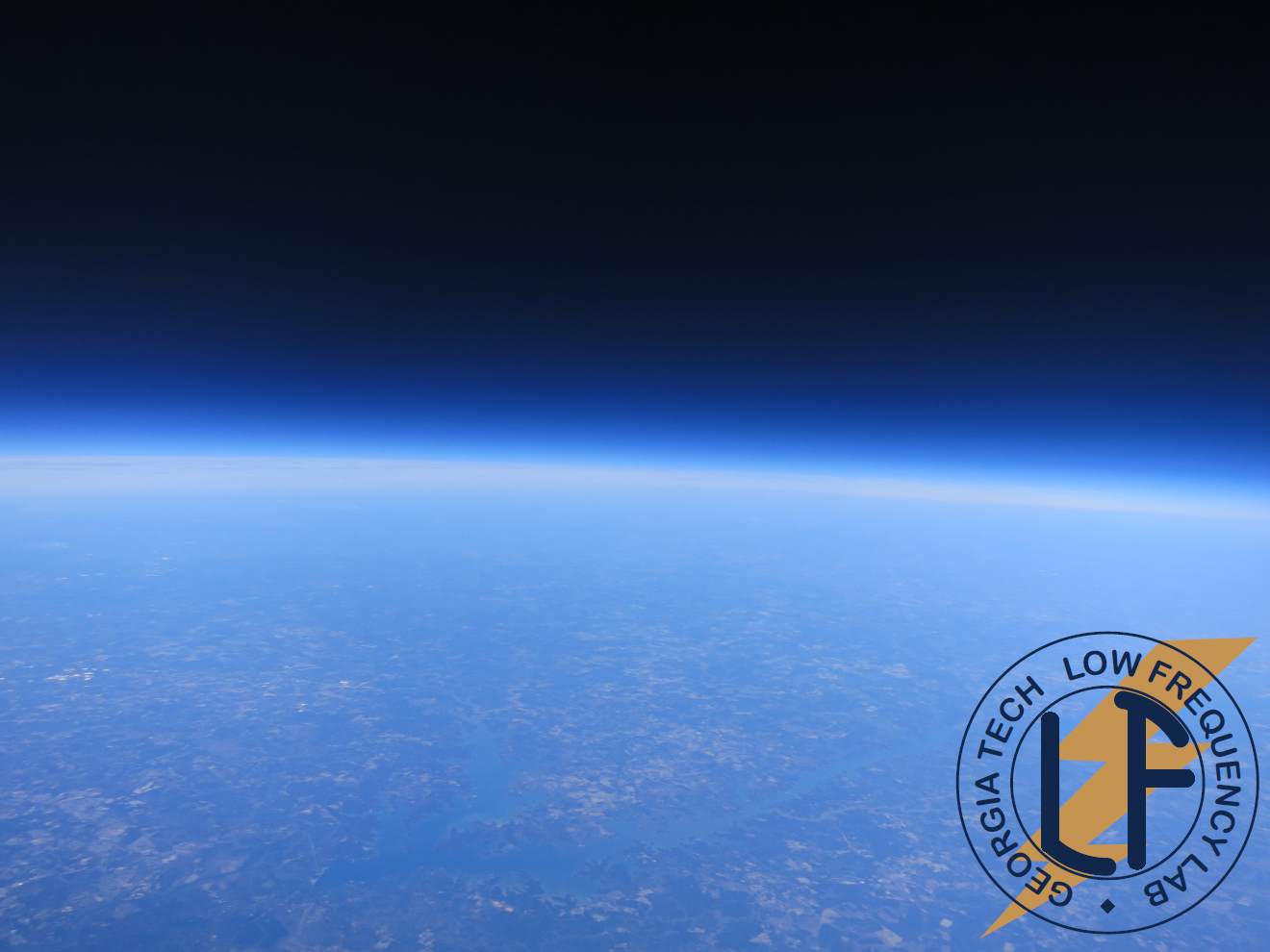

Web Design: HTML5 UP
© 2014-Present, Georgia Institute of Technology | Atlanta, GA 30332
College of Engineering | Electrical and Computer Engineering | Legal & Privacy Information
